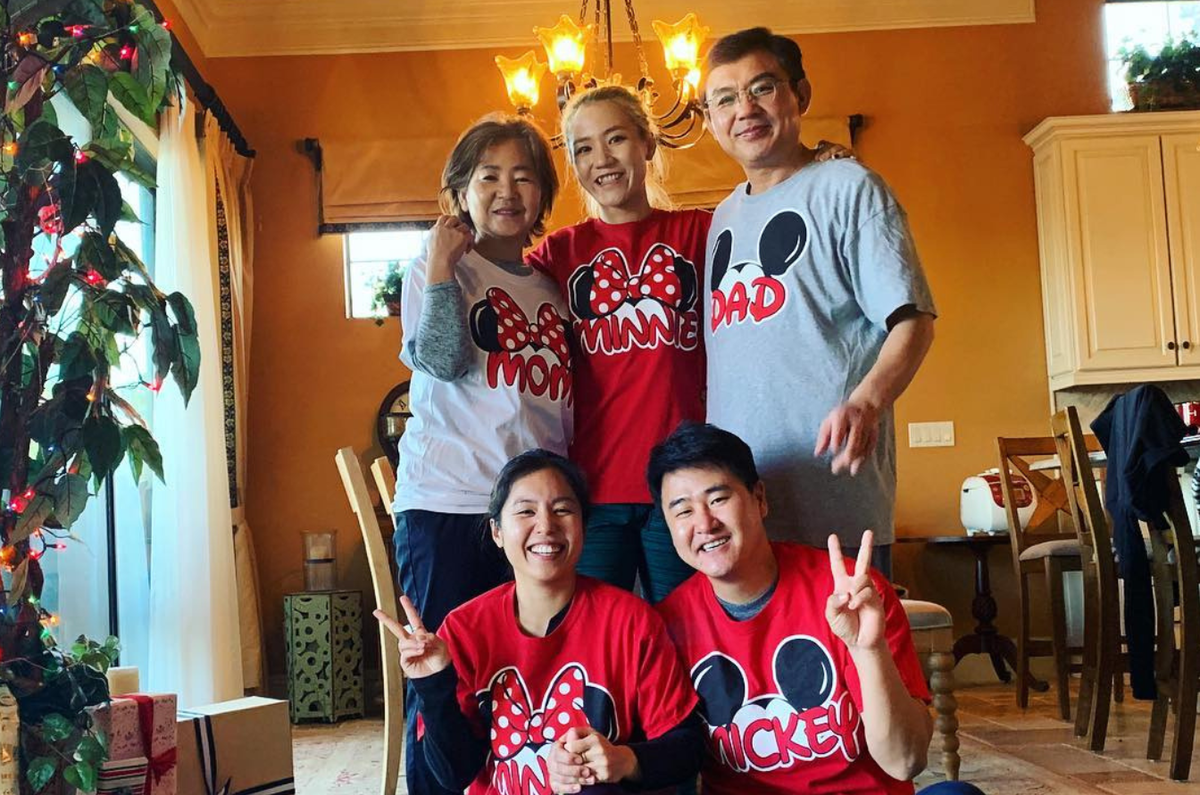Alright, let me tell you about this whole Ko Gil Hong thing I got myself into recently. It wasn’t exactly rocket science, but man, it was one of those tasks that just sticks with you, you know?

Setting the Scene
So, I was tinkering with this old project, trying to revive some data processing scripts. Stuff I hadn’t touched in ages. And right in the middle of it, I remembered this specific setup I had to wrestle with for Ko Gil Hong a while back. Not the guy himself, necessarily, but this particular configuration he insisted on using for his research stuff. He was very particular, wanted things exactly a certain way.
Getting Started – The Mess
The job was basically to get this specific analysis environment running on a newer machine. Sounds simple, right? Wrong. Ko Gil Hong’s original setup relied on a bunch of older libraries, some of which weren’t really maintained anymore. Compatibility was going to be a nightmare, I could smell it from a mile away.
First thing I did was try the straightforward approach. Just install the main software. As expected, it bombed out immediately. Dependency errors left and right. The newer operating system just didn’t want to play nice with these ancient tools.
Deep Dive and Headaches
Okay, plan B. I started hunting down the specific versions of the libraries Ko Gil Hong had listed. This meant digging through old archives, trying different package managers, sometimes even compiling stuff from source code. Talk about a pain.
- Tried installing Library A, version 1.2. Failed. Needed Library B, version 0.8.
- Found Library B, version 0.8. Installed it. Okay, progress.
- Tried Library A, version 1.2 again. Now it complained about Library C, version 2.0 being too new. Needed version 1.5.
- Tracked down Library C, version 1.5. This one needed a specific compiler flag I hadn’t used in years.
It went on like this for hours. Felt like I was performing digital archaeology. Every step forward felt like it uncovered two new problems. I remember just staring at the screen at one point, thinking, “Why? Why this specific, old, crusty setup?” But hey, Ko Gil Hong needed it, so I pushed on.
The Breakthrough (Finally!)
The key turned out to be isolating the whole environment. Instead of trying to make these old tools work directly on the new system, I decided to create a dedicated virtual environment. Like building a little protective bubble for all that old code.
I managed to find a specific older version of Python that seemed to be the linchpin. Got that installed in the virtual environment first. Then, slowly, carefully, I started adding the required libraries, pinning them to the exact, ancient versions Ko Gil Hong’s notes specified. It was tedious. Lots of trial and error. Lots of `pip install some-obscure-package==1.2.3` followed by hoping it wouldn’t break everything else.
Success, Sort Of

Eventually, after what felt like forever, I got all the pieces in place. Ran the test script Ko Gil Hong provided. And… it worked. The calculations churned, the output looked right. No errors popped up.
Felt a huge sense of relief wash over me. Not because it was some amazing technical achievement, but just because it was finally done. Sent the configuration details and the setup instructions over. Job finished. But man, wrestling with Ko Gil Hong’s specific needs and those old libraries really took it out of me. Sometimes the simplest sounding tasks turn into the biggest time sinks, all because someone needs things done just so, even if it means fighting with software long past its prime.














